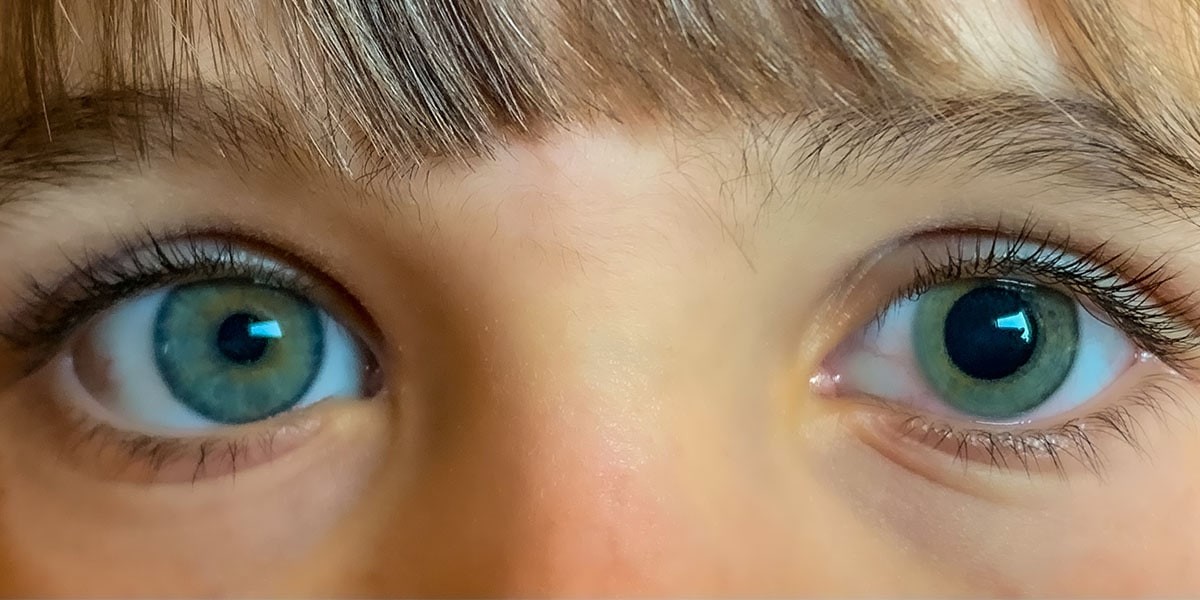Your pupils, the black circles in the center of your eyes, constantly adjust in size, reacting to light and focus. While these changes are usually normal, a persistently small pupil, known as miosis, can sometimes signal an underlying issue. This article explores the various reasons why your pupil might be small, ranging from natural responses to potential medical concerns.
 What Does It Mean When Pupils Are Small: Important Information About Pupil Size
What Does It Mean When Pupils Are Small: Important Information About Pupil Size
Understanding Normal Pupil Size Changes
Pupil size, typically ranging from 2 to 8 millimeters in diameter, is controlled by the iris muscles. These muscles regulate the amount of light entering the eye through the pupil. In bright light, pupils constrict to limit light exposure and protect the retina. Conversely, in dim light, pupils dilate to allow more light in, enhancing vision. This is known as the pupillary light reflex.
Pupil size also changes with focus. When focusing on nearby objects, pupils constrict to improve near vision. When looking at distant objects, pupils dilate. These natural fluctuations in pupil size are generally nothing to worry about.
Causes of Abnormally Small Pupils (Miosis)
While normal pupil constriction is a physiological response, persistently small pupils can be caused by various factors:
Horner’s Syndrome
This rare neurological condition disrupts communication between the brain and one side of the face. Symptoms include a constricted pupil (miosis), a drooping eyelid (ptosis), and decreased sweating (anhidrosis) on the affected side.
Cluster Headaches
These severe headaches occur in clusters, lasting for minutes to hours. One-sided pupil constriction, similar to Horner’s syndrome, can accompany these headaches. Other symptoms include intense pain around the eye, nasal congestion, and tearing.
Medication Side Effects
Certain medications can cause miosis as a side effect. These include:
- Opioids: Pain relievers like codeine, oxycodone, and fentanyl.
- Benzodiazepines: Anti-anxiety medications like diazepam (Valium).
- Antihypertensives: Blood pressure medications such as clonidine.
- Antihistamines: Allergy medications like diphenhydramine (Benadryl).
- Certain Eye Drops: Glaucoma medications like pilocarpine.
Injury
Head trauma can lead to pupil constriction due to nerve damage or internal bleeding. Eye injuries can also directly affect pupil size.
Eye Inflammation
Conditions like iritis and uveitis, characterized by inflammation within the eye, can cause pupil constriction due to pain and irritation.
Stroke
A brainstem stroke can disrupt neurological pathways controlling pupil size, resulting in constricted pupils. Other stroke symptoms include double vision, dizziness, slurred speech, and balance problems.
Light Exposure
Prolonged exposure to bright sunlight can lead to chronically smaller pupils compared to individuals who spend more time in dimmer environments. This adaptation is generally harmless.
When to Seek Medical Attention
While small pupils can be a normal response to light or medication, sudden changes in pupil size, especially accompanied by other symptoms like vision changes, headache, or neurological issues, warrant immediate medical attention. Constricted pupils can be a sign of a serious medical emergency like a stroke or head injury.
Conclusion
Understanding the reasons behind a small pupil is crucial for identifying potential health concerns. While natural fluctuations in pupil size are common, persistent miosis or sudden changes warrant a comprehensive eye exam by a qualified ophthalmologist. Early diagnosis and treatment of underlying conditions can prevent serious complications and preserve vision.